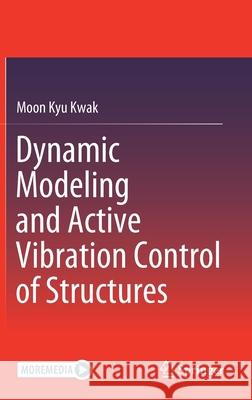Dynamic Modeling and Active Vibration Control of Structures » książka
topmenu
Dynamic Modeling and Active Vibration Control of Structures
ISBN-13: 9789402421187 / Angielski / Twarda / 2021 / 371 str.
Kategorie:
Kategorie BISAC:
Wydawca:
Springer
Język:
Angielski
ISBN-13:
9789402421187
Rok wydania:
2021
Wydanie:
2022
Ilość stron:
371
Waga:
0.71 kg
Wymiary:
23.39 x 15.6 x 2.24
Oprawa:
Twarda
Wolumenów:
01
Dodatkowe informacje:
Wydanie ilustrowane











